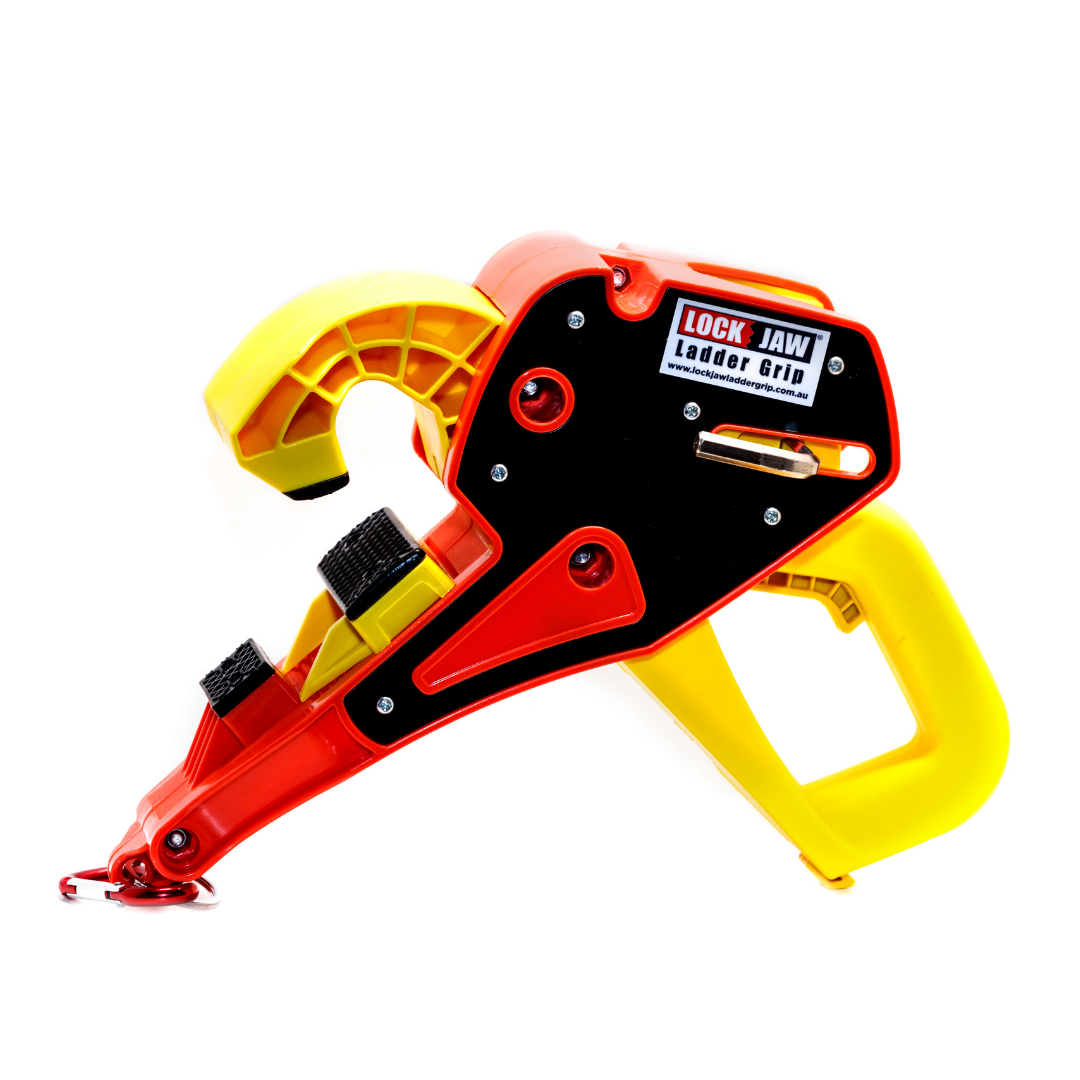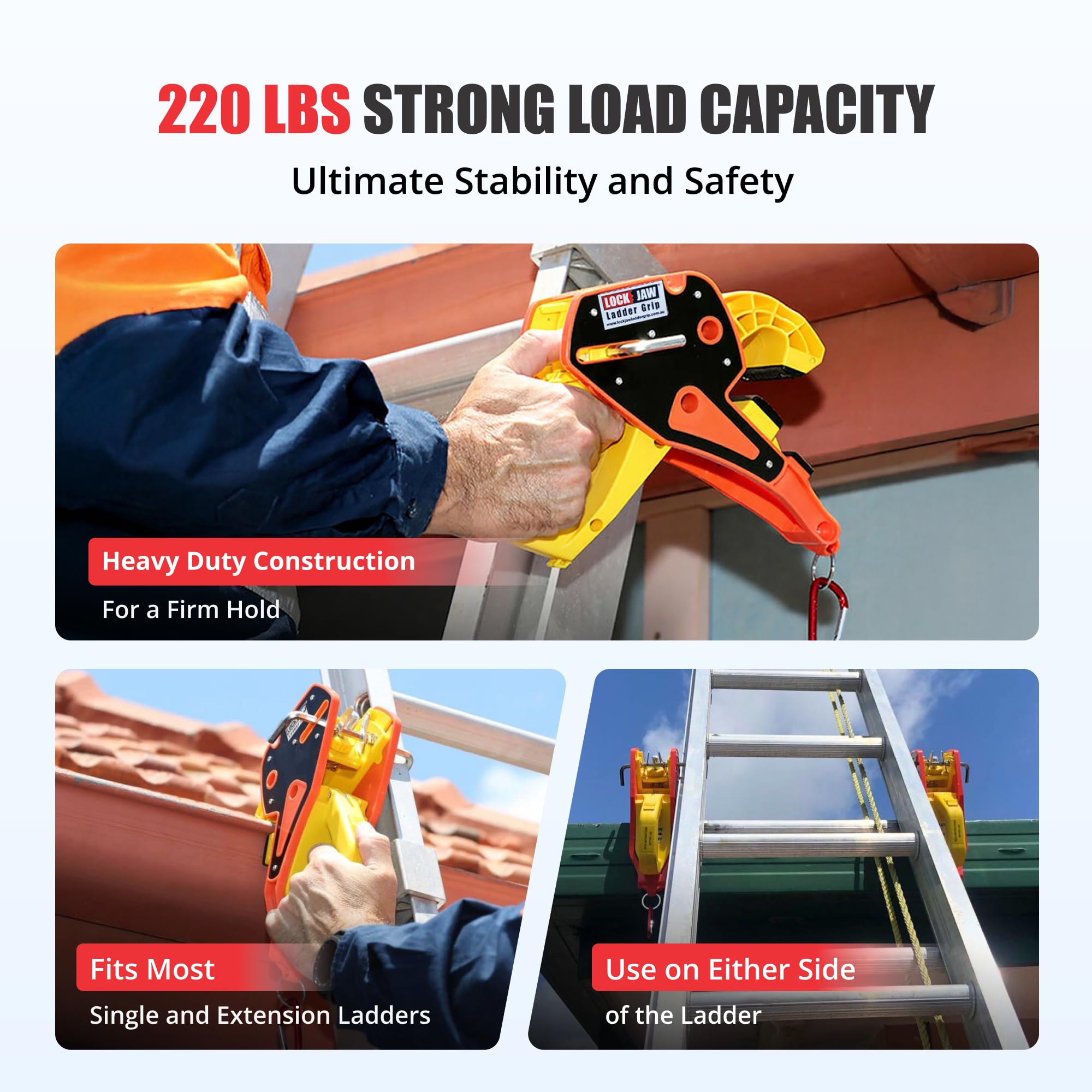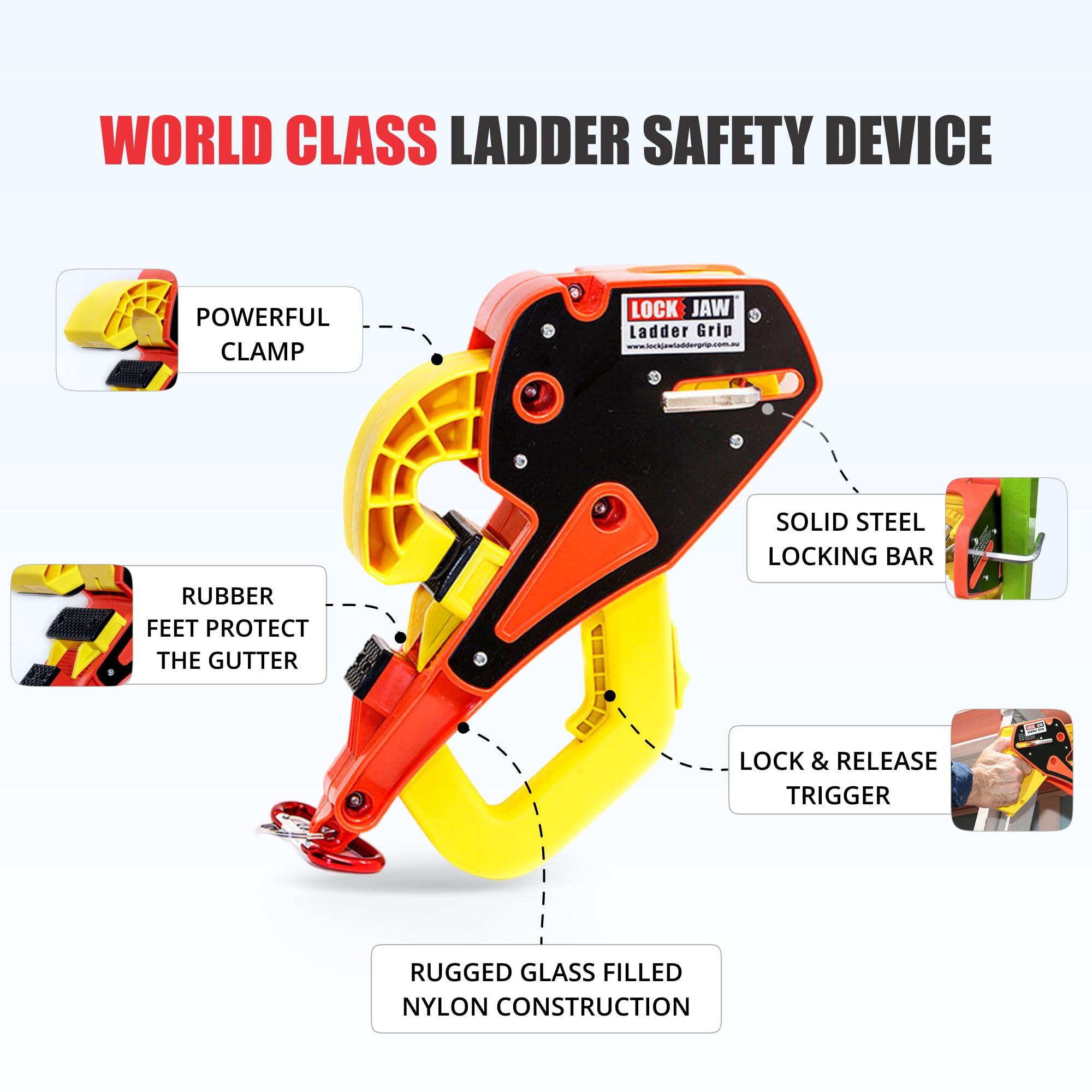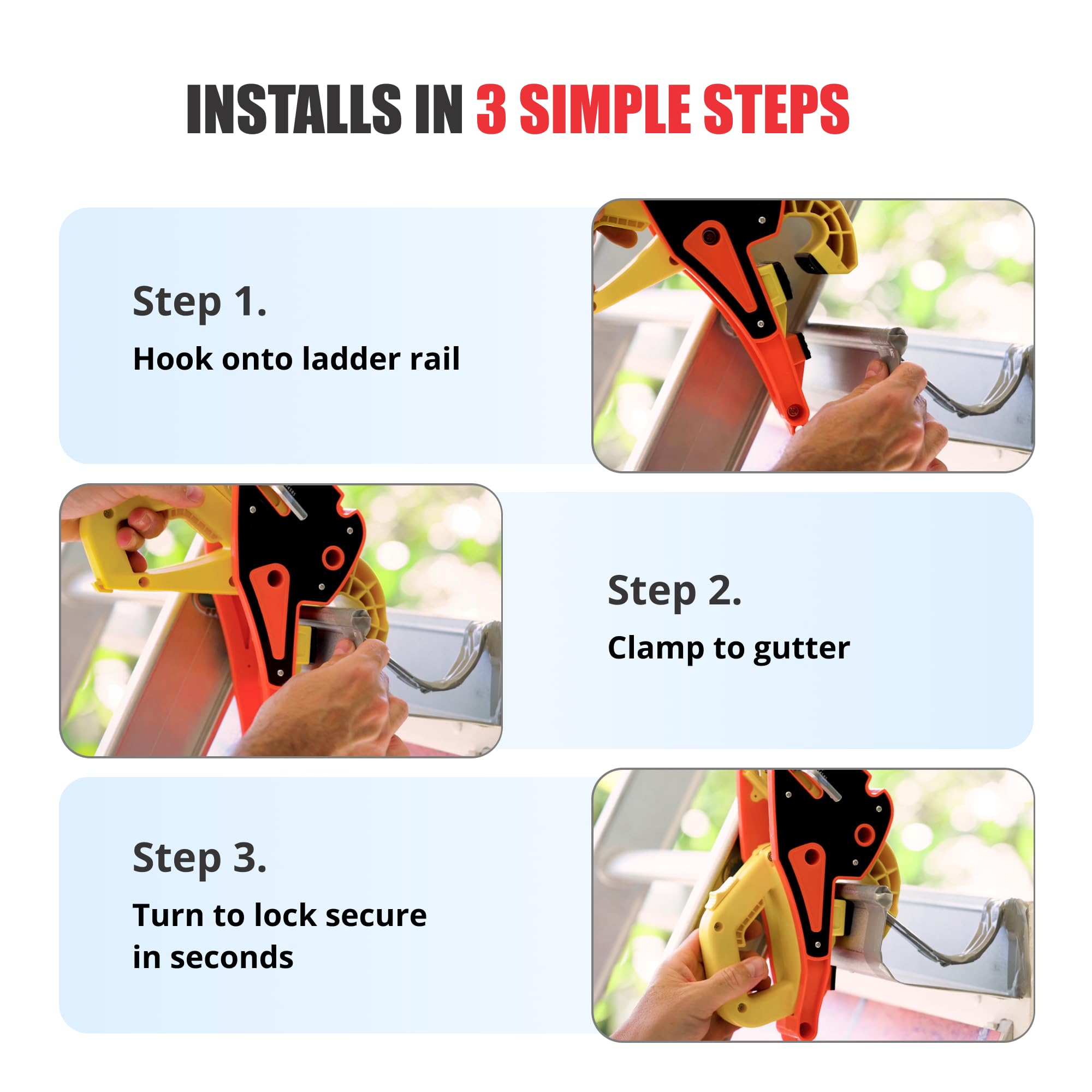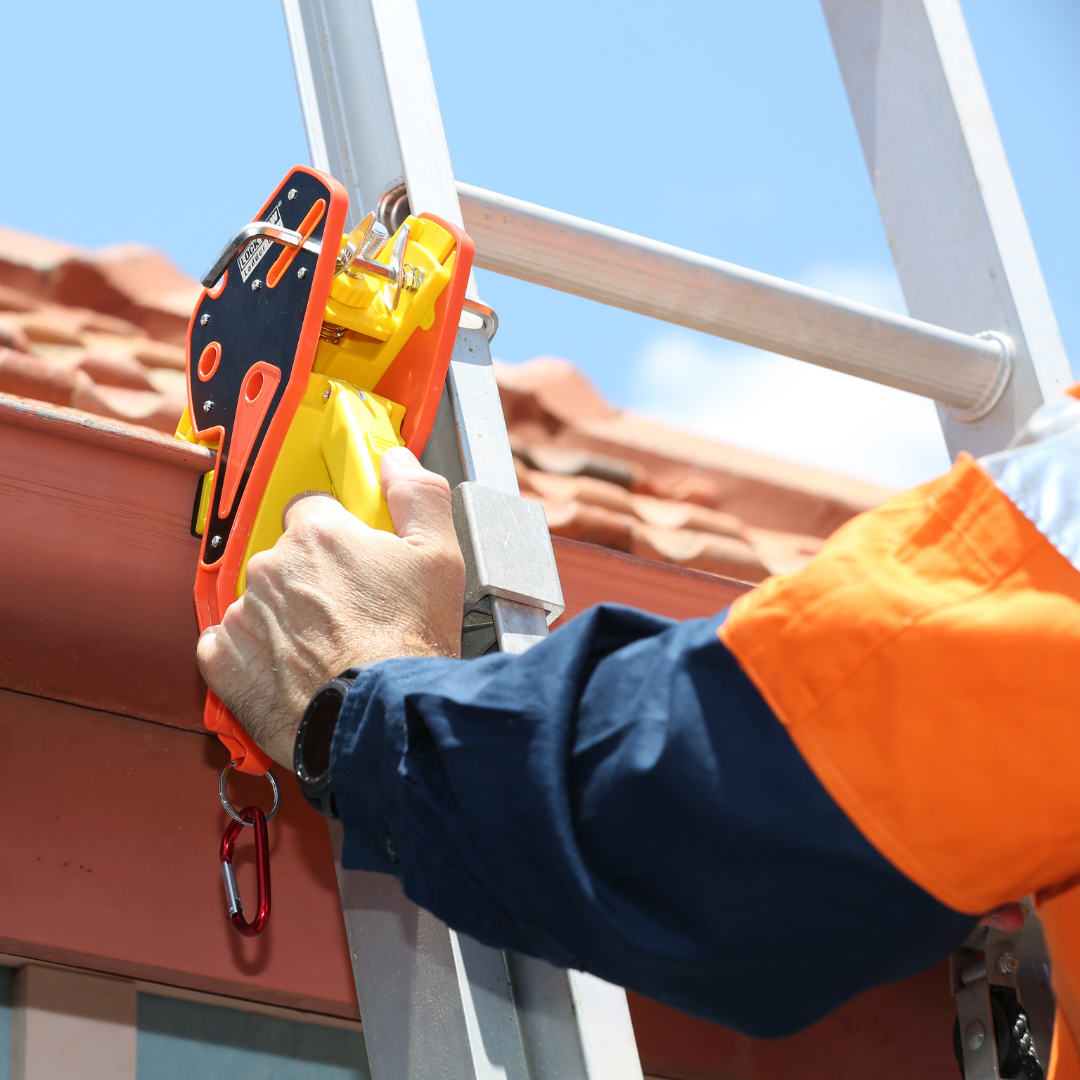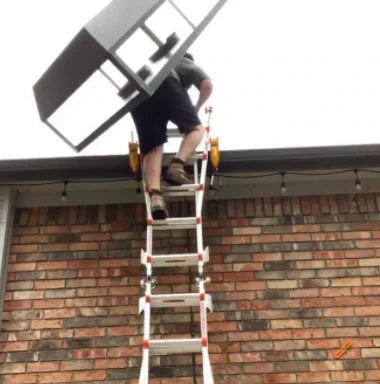The Dual Evolution of Ladder Safety: Internal Mechanisms vs. External Securing Devices
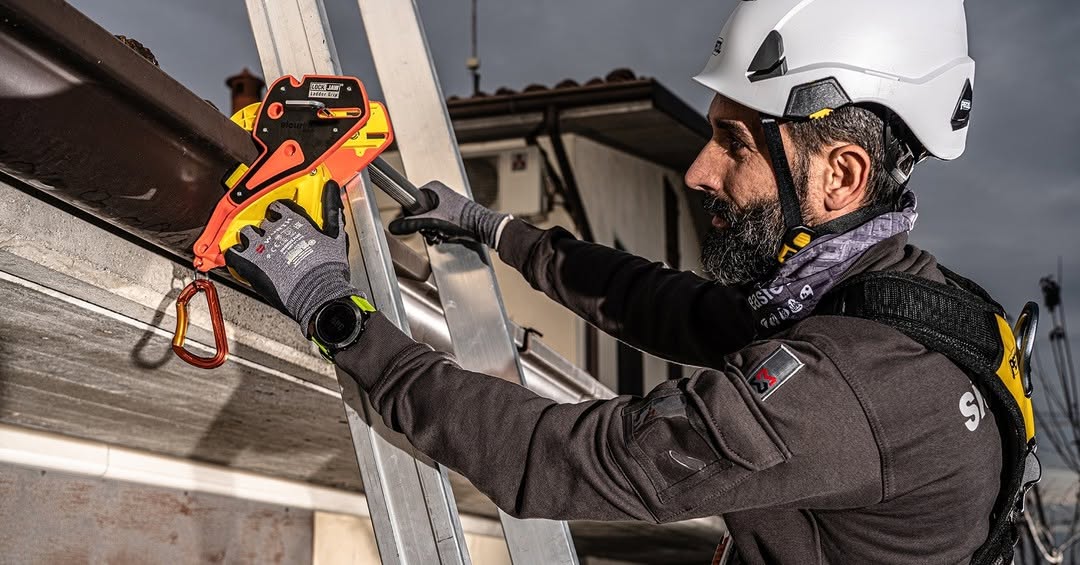
Ladder safety is a multifaceted concept, relying on both the inherent stability of the ladder's construction and its secure interaction with the surrounding environment. This leads to two distinct categories of "locks": internal locking mechanisms that govern the ladder's structural integrity, and external securing devices designed to anchor the ladder to its surroundings.
Internal Ladder Locking Mechanisms: Securing the Structure
Internal ladder locking mechanisms are components that are an integral part of the ladder's design and construction. Their primary function is to secure the various parts of the ladder itself, such as extension sections, hinges, or folding joints, ensuring they remain fixed and stable during use. These mechanisms prevent the ladder from accidentally folding, collapsing, or separating while an individual is on it.
- Early Forms: While ancient ladders lacked sophisticated internal locks, their evolution from plaited grass to wooden structures laid the groundwork for how sections would eventually connect. Simple clamps or mechanical fasteners were early attempts to keep ladder parts rigidly joined.
-
Post-War Innovations: A significant leap occurred after World War II. Driven by a heightened focus on equipment reliability, manufacturers developed more robust internal locks. Examples include:
- Locking hinges on step ladders: These mechanisms ensure the A-frame remains open and rigid, preventing accidental closure.
- Automatic locks for extension ladders: These allow sections to slide and then automatically engage, holding the desired height.
- Werner's ALFLO® Twist-Proof® Rung Joints: A prime example of an internal mechanism, these joints, introduced in the mid-20th century, are built into the ladder's rungs and rails. They prevent the ladder sections from twisting, directly enhancing the structural integrity and rigidity of the ladder itself.
Modern Advancements: Today's internal locking mechanisms are highly engineered systems. They feature ergonomic levers, automatic click-and-lock systems, and are constructed from advanced materials like lightweight composites and corrosion-resistant metals. These innovations focus on making the ladder's inherent structure more reliable and user-friendly, ensuring its components remain securely interlocked.
External Ladder Securing Devices: Anchoring to the Environment
External ladder securing devices are distinct tools or features whose purpose is to "lock down" or anchor the ladder to its immediate surroundings. They are used to prevent the ladder from slipping, sliding, tipping, or otherwise moving from its intended working position on the ground or against a supporting structure.
- Addressing Environmental Challenges: The need for these external securing methods arose as ladders were used in diverse and often challenging environments, such as uneven ground, slippery surfaces, or when leaning against walls.
Examples of External Securing Devices:
-
- Non-slip feet/shoes: While a standard feature, their advanced design and materials act as a primary external "lock" by providing friction and grip against the ground surface, preventing the ladder from sliding.
- Lockable wheels: Found on some larger or specialized ladders, these allow for easy repositioning and then can be engaged to prevent the ladder from rolling once in place.
- Automatic leveling locks: These advanced features, often integrated into the ladder's base or feet, can sense uneven terrain and automatically adjust, then "lock" the ladder into a stable, level position on the ground.
- Ladder stabilizers or stand-offs: These are often separate attachments that broaden the ladder's base or create a wider, more secure contact point against a wall or other supporting structure, preventing sideways movement or tipping.
-
Specific grip accessories (e.g., Lock Jaw Ladder Grip): These are external accessories designed to enhance the ladder's grip on particular surfaces like concrete, effectively "locking" the ladder's feet to that surface.
- Purpose: These devices are crucial for mitigating external risks, ensuring the ladder remains steadfast against environmental factors and user movement.
A Unified Approach to Safety
In essence, internal ladder locking mechanisms ensure the ladder itself is structurally sound and won't collapse or twist, while external ladder securing devices ensure the ladder stays firmly in place within its working environment. Both categories have seen significant evolution, driven by a continuous pursuit of enhanced safety, durability, and user confidence. A truly safe ladder system integrates robust internal locking mechanisms with effective external securing solutions, providing comprehensive stability from its core to its contact points.


